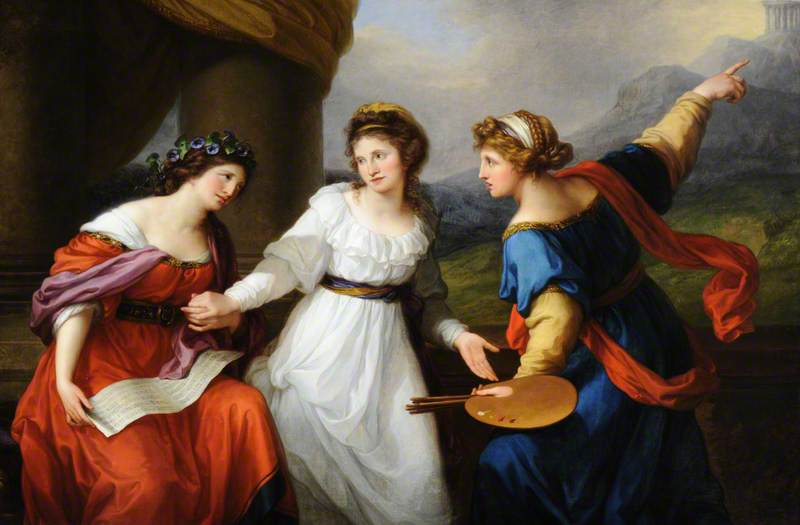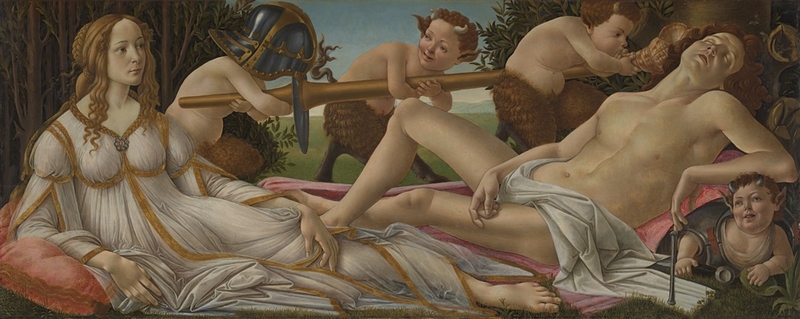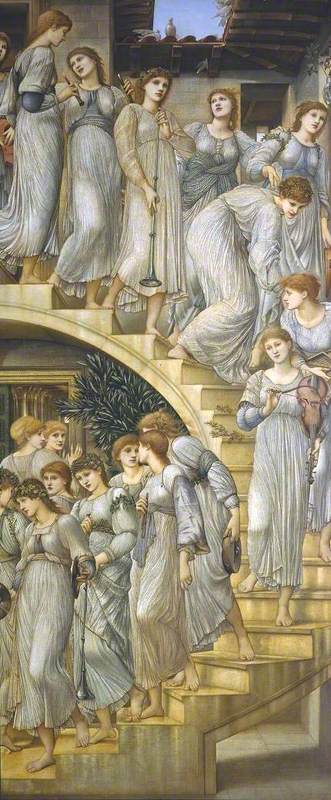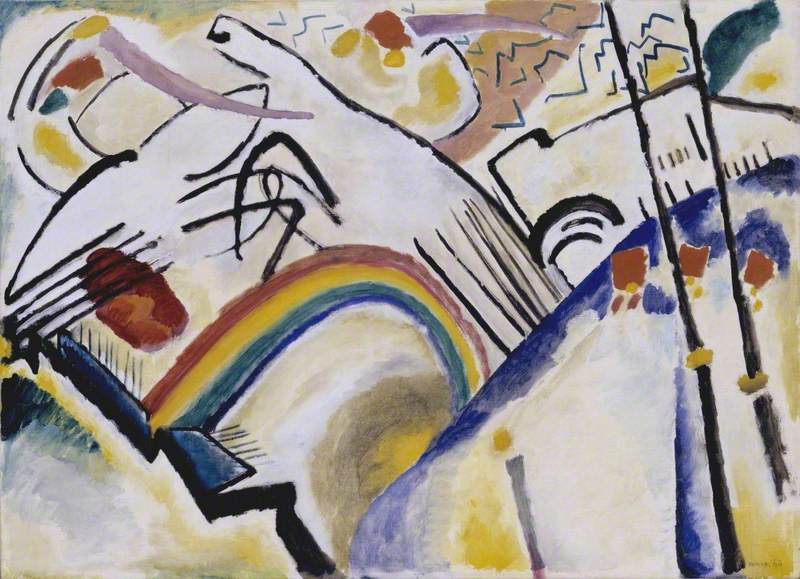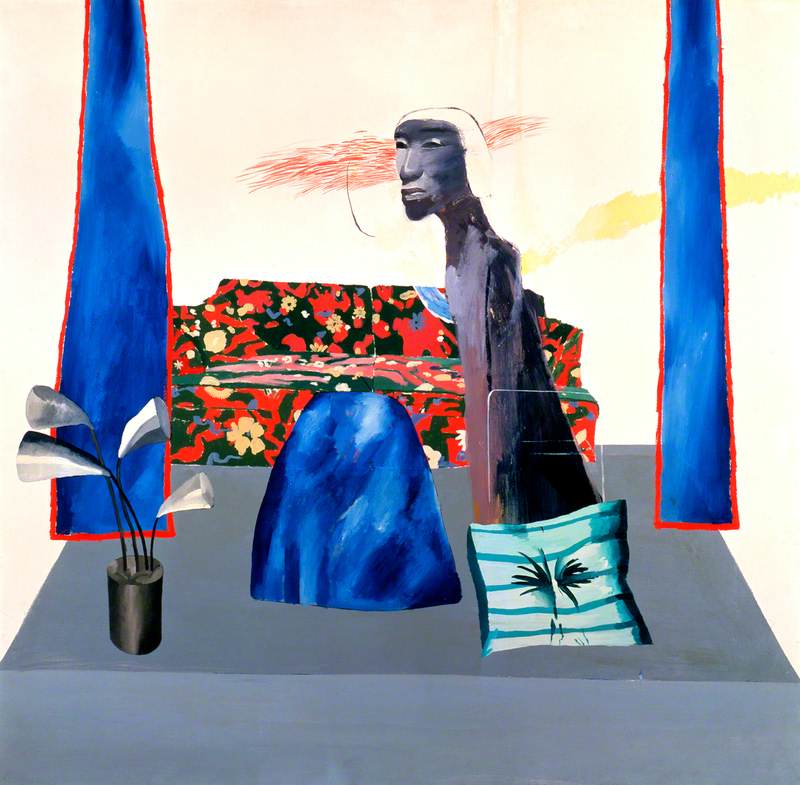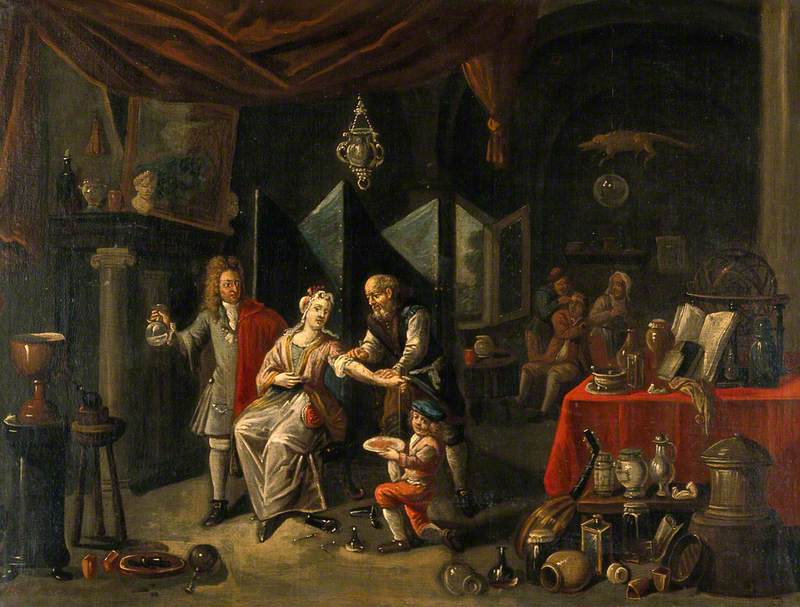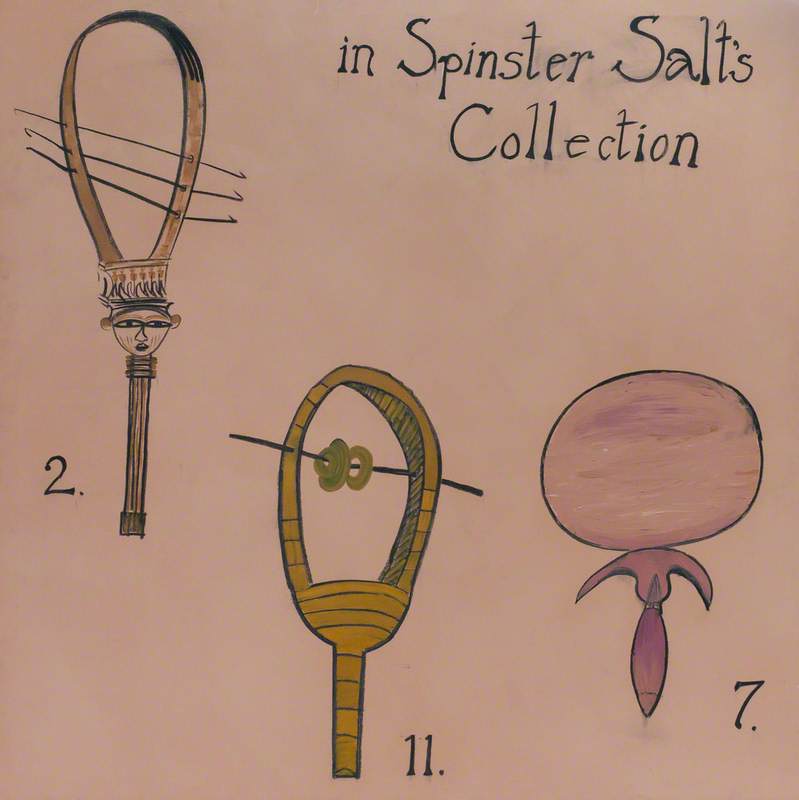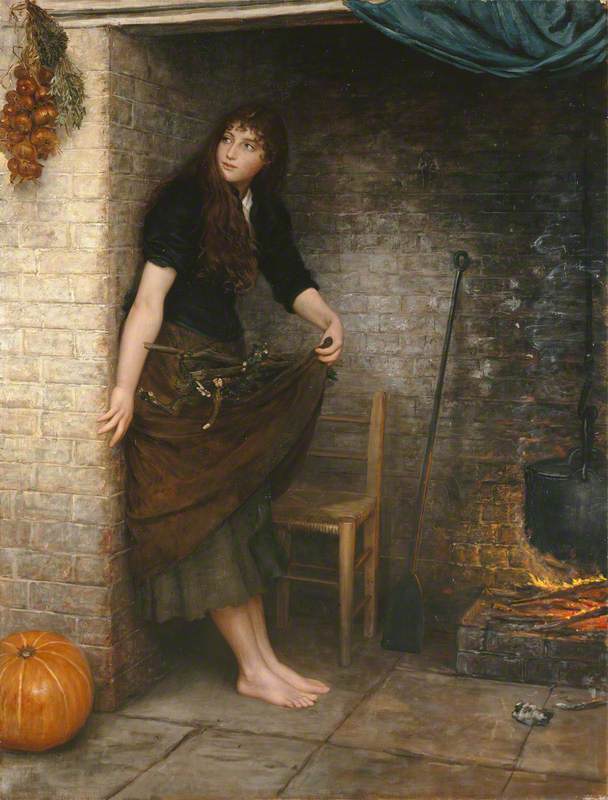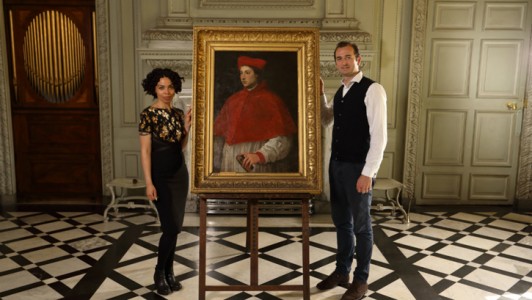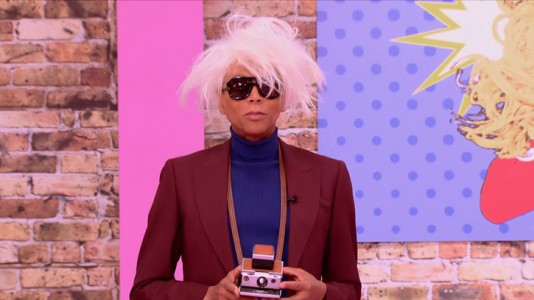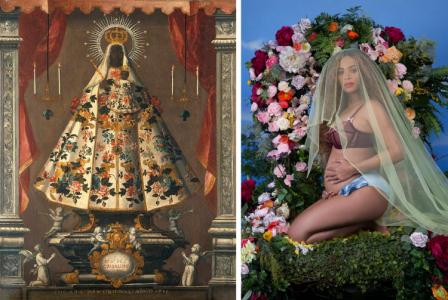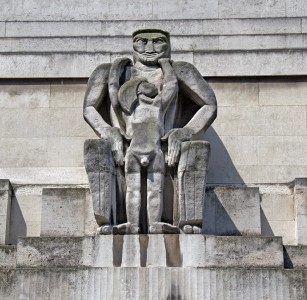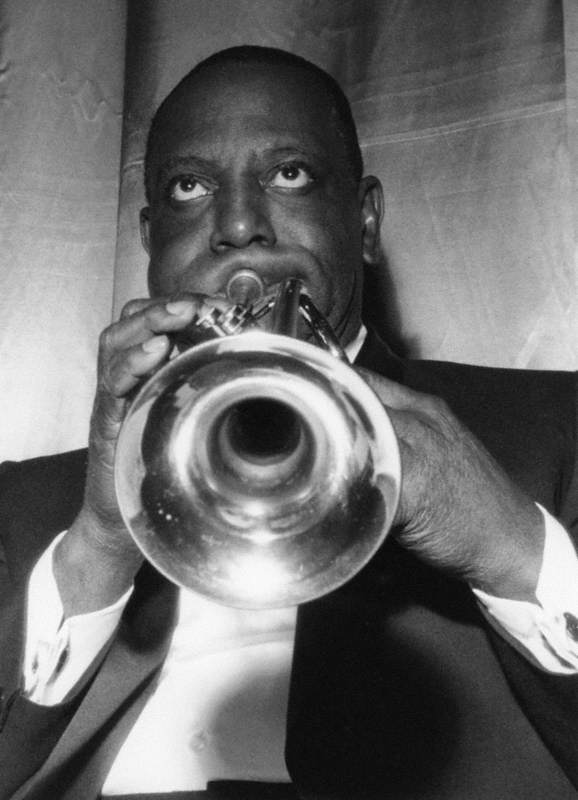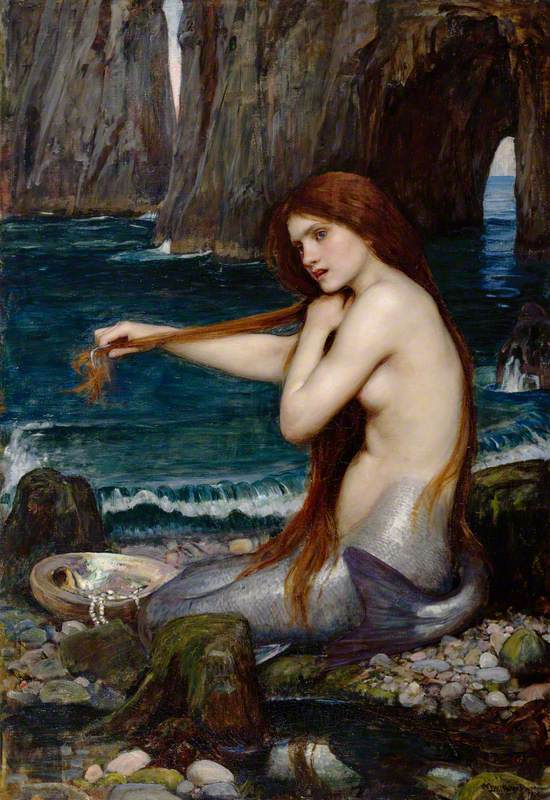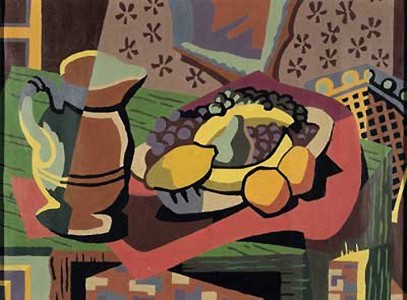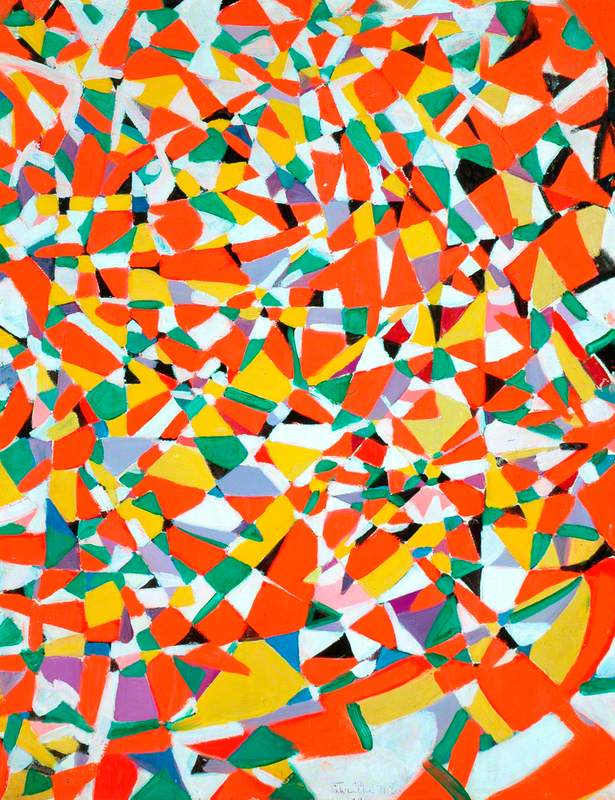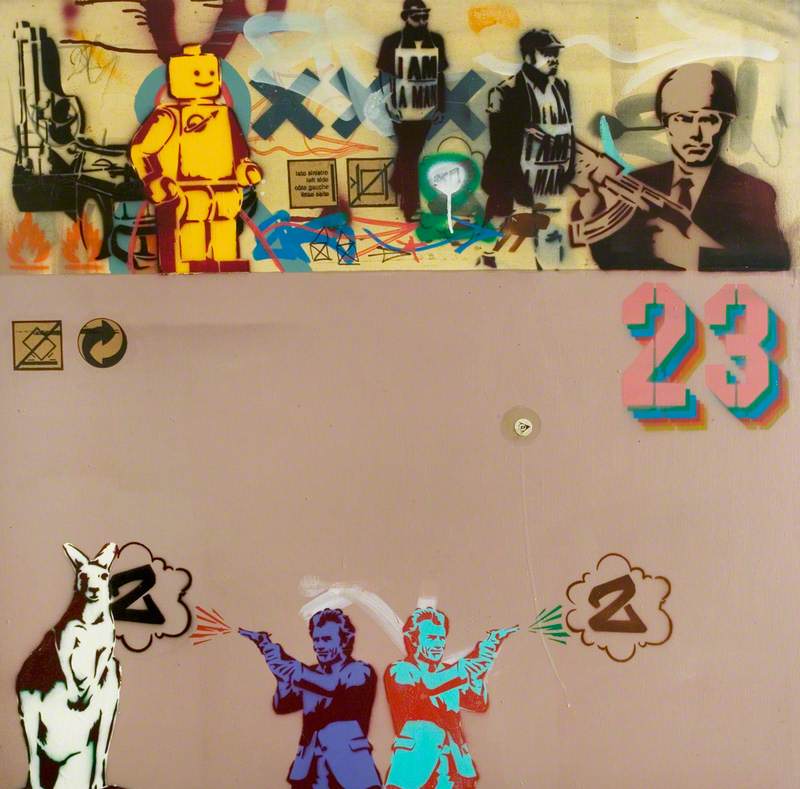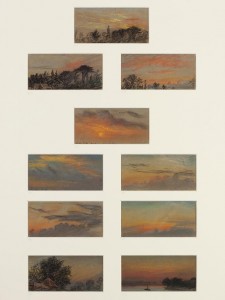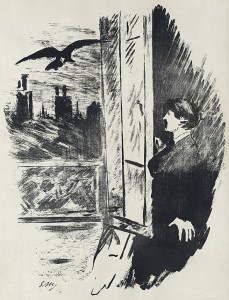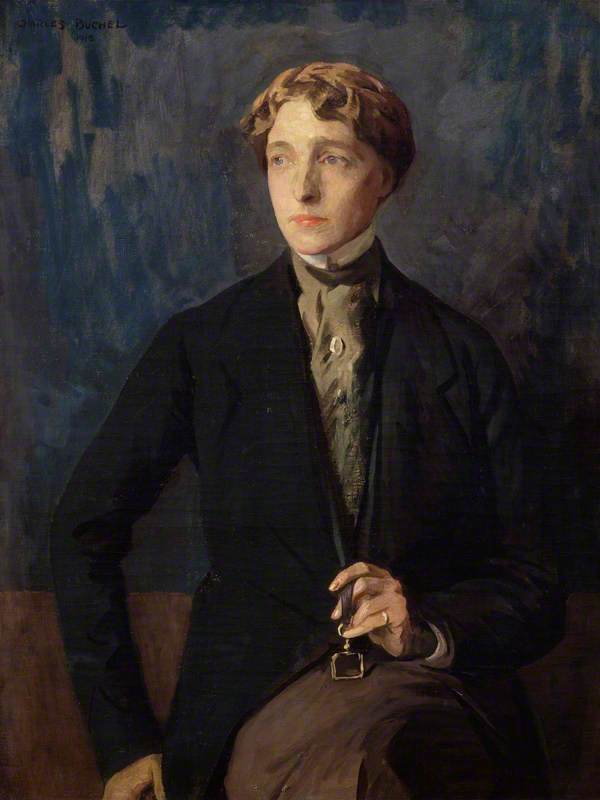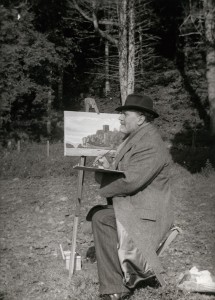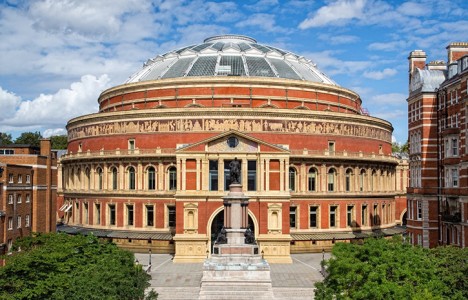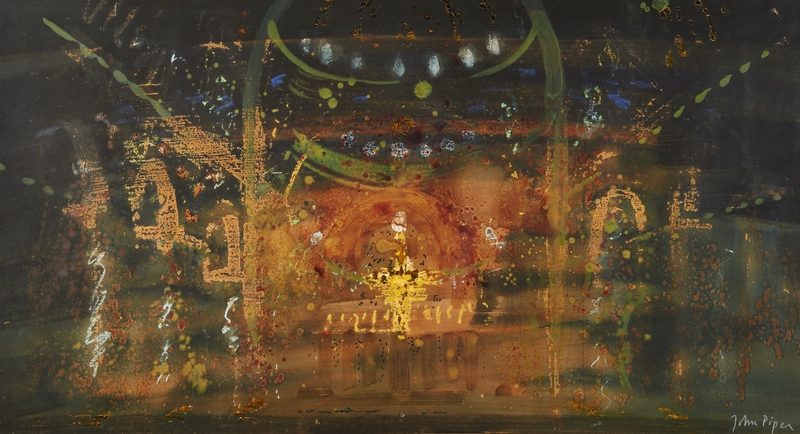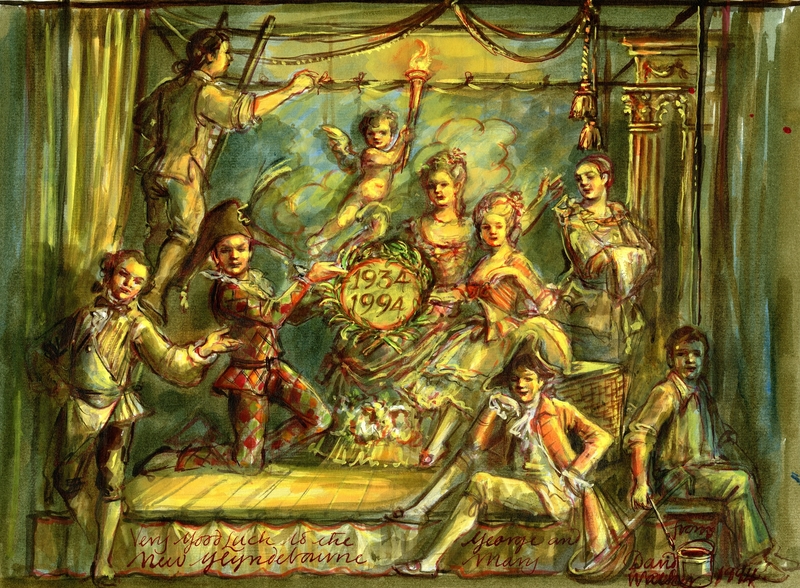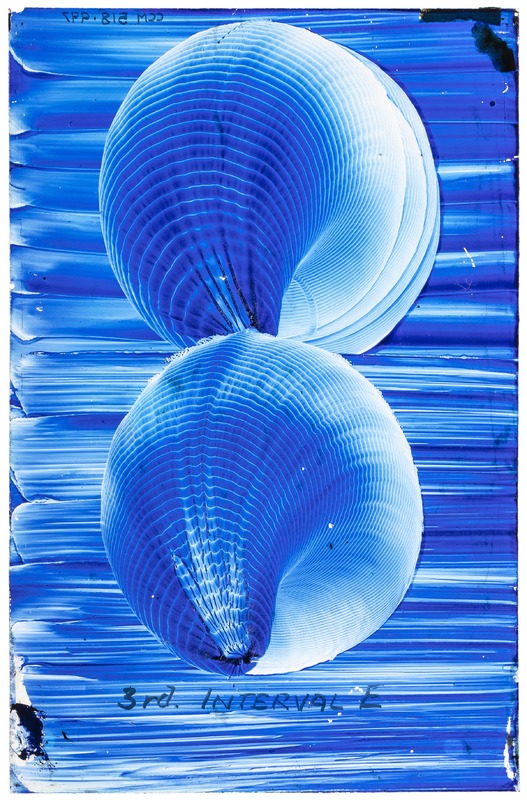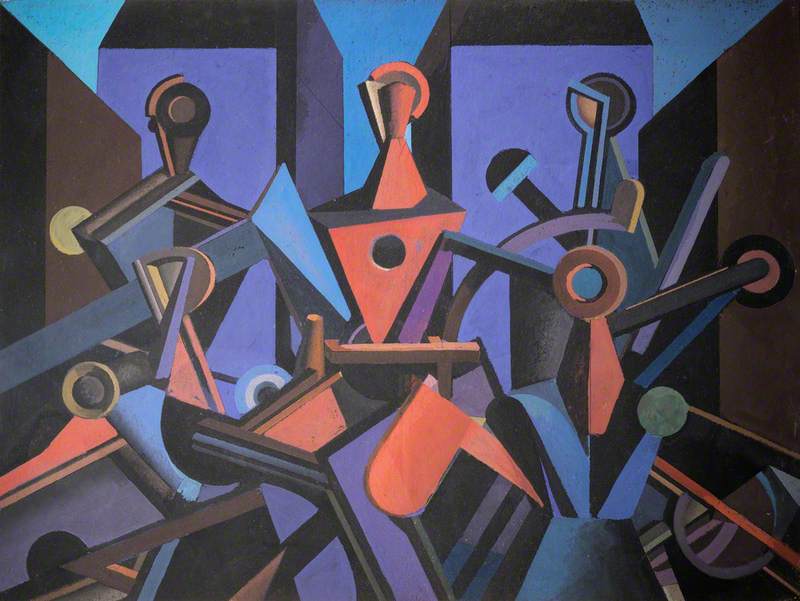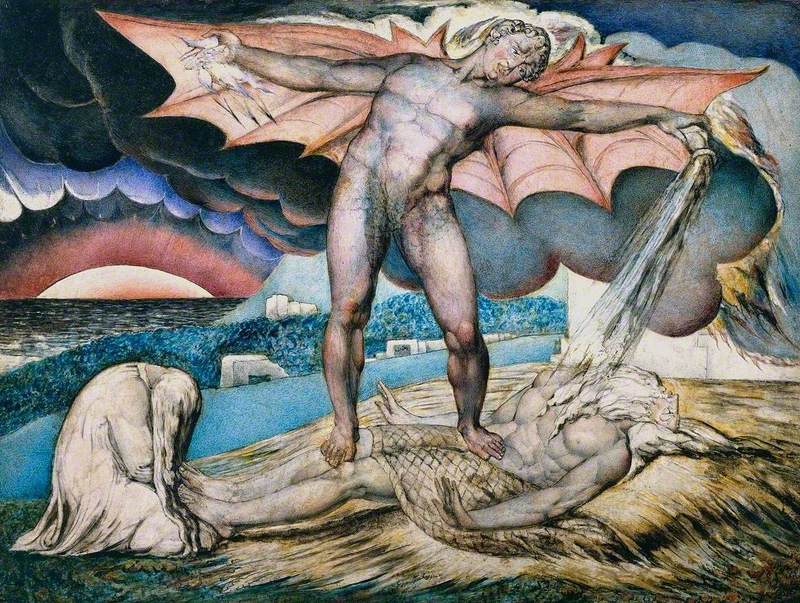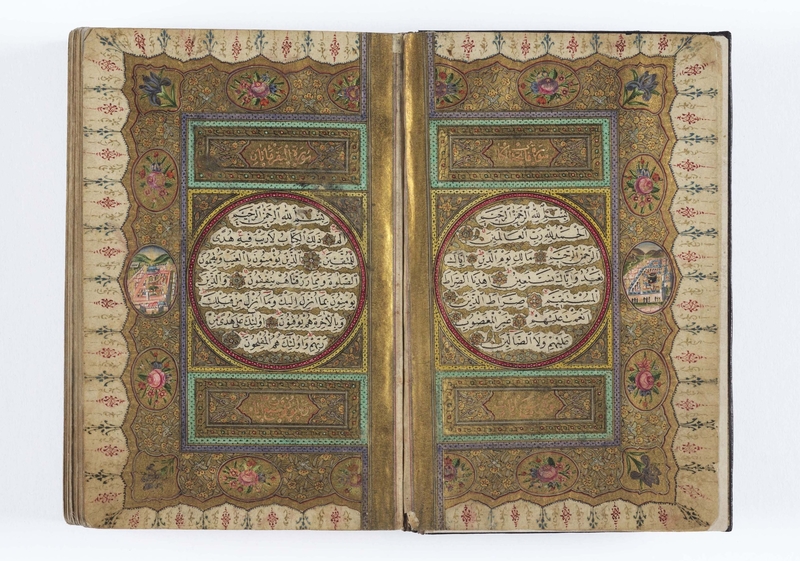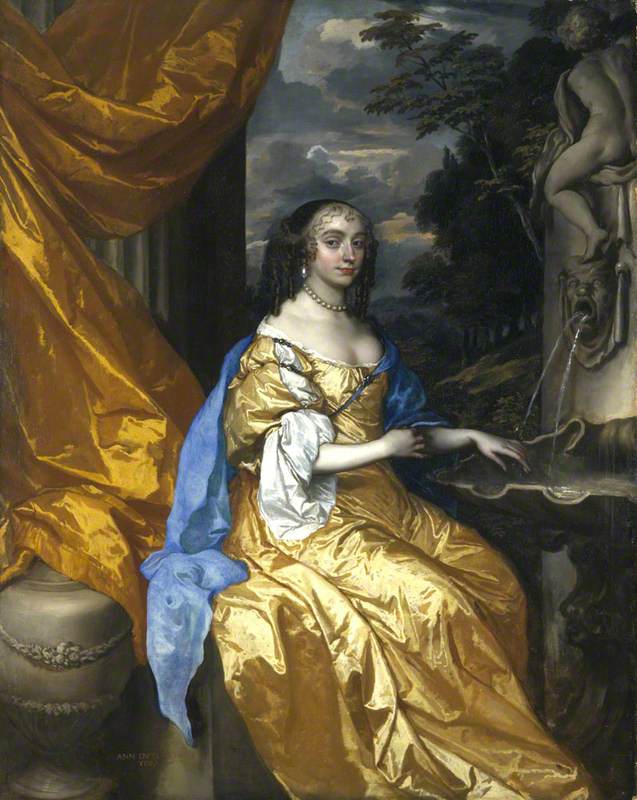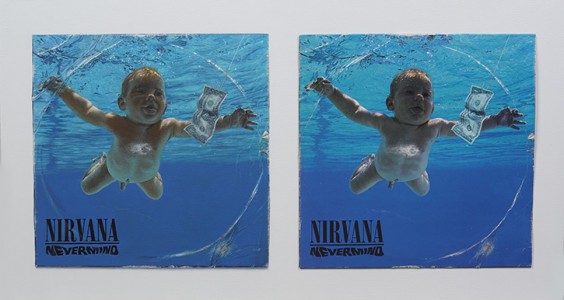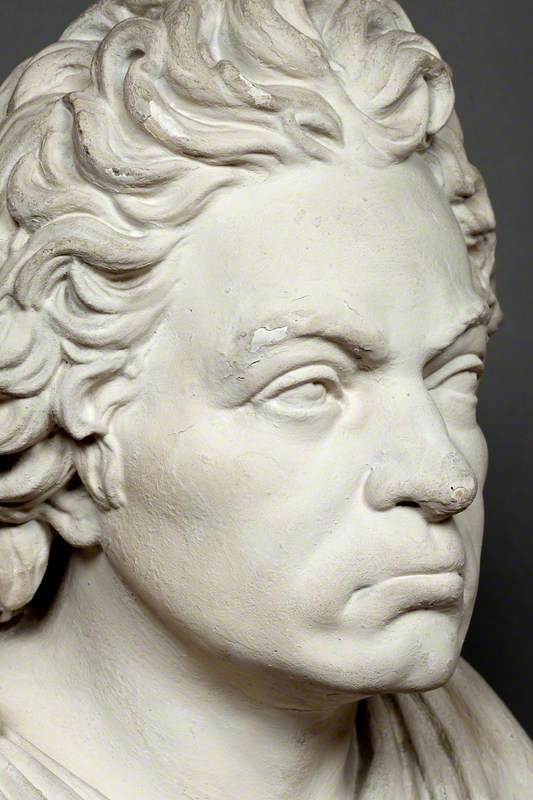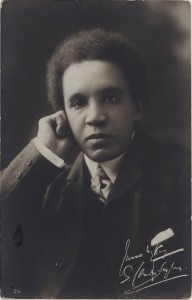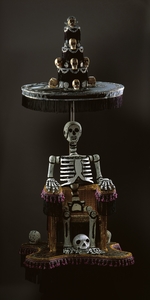Download and subscribe on iTunes, Stitcher or TuneIn
Art Matters is the podcast that brings together popular culture and art history, hosted by Ferren Gipson.
In the 1870s, art critic Walter Pater said that 'all the arts aspire to the condition of music'. If you think about music videos and album covers from the twentieth century onwards, it's not difficult to see the connection between music and visual arts. There are even some very obvious examples like Andy Warhol's work with Velvet Underground or Ariana Grande's ode to art history in her God is a Woman music video. But what does it mean to 'aspire to the condition of music'?
'As far back as we have any written record, pretty soon you come across references to music and the visual arts, and comparisons between the two,' says Peter Vergo, art historian and writer of the book The Music of Painting: Music, Modernism and the Visual Arts from the Romantics to John Cage.
Aristotle and other classical writers refer to Pythagoras' work on the role of numbers in the order of the universe. This philosophy included include the idea that music was a mathematical art form. 'Music seemed to have a kind of in-built order that related it to the order of the cosmos, and for that reason music was highly prized. In later times, it was regarded as one of the mathematical arts alongside astronomy,' says Peter.
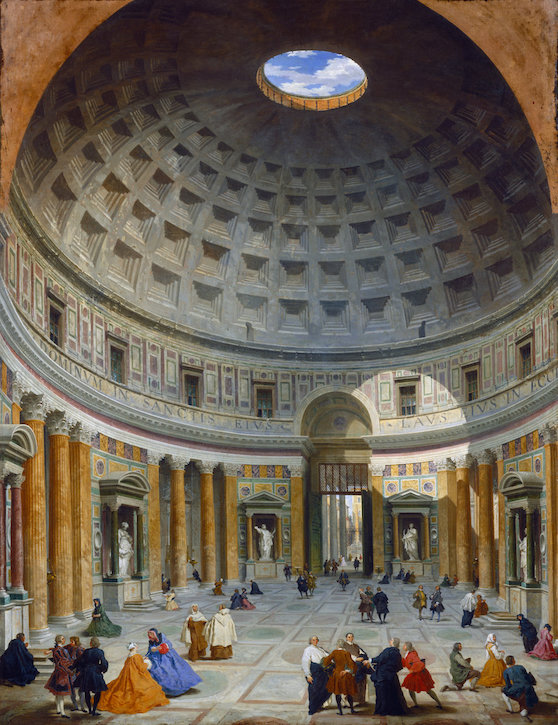
Image credit: National Gallery of Art, public domain
Interior of the Pantheon, Rome
c.1734, oil on canvas by Giovanni Paolo Panini (1691–1765)
For centuries, artists reckoned with the idea that painting and sculpture were lesser art forms and looked to infuse mathematical concepts into their work as a way of raising their status. One stunning example of a marriage of maths and architecture is the design of the Pantheon in Rome, built in the second century. The dome creates a perfect half-sphere, with coffering that adjusts for the heavy concrete material. Interestingly related to this topic, several notable figures are now buried within it, including artists Raphael and Annibale Carracci, as well as the composer Arcangelo Corelli.
These efforts came to a head during the Renaissance when artists and theorists begin to draw on mathematical theories of music for inspiration. In order to translate these concepts into visual arts, artists explore mimicking the ratios that can be found in music. (To hear Peter explain these ratios using a piano, listen to the episode above).
'If you're the architect of a building, you think maybe I could argue for the status of my building... by using those same ratios,' says Peter. 'In the minds of the devout Christian Renaissance theorists, [these ratios] were given by God.'
The idea of a Golden Ratio – seen in nature, music and design – is one that can be traced across art history in the work of Leonardo, Botticelli, Salvador Dalí and many others. The ratio is reached when the ratio of two quantities is equal to the ratio of the largest of the two quantities to their sum.
Edward Burne-Jones' 1880 painting The Golden Stairs employs the Golden Ratio to show 18 women descending a spiral staircase. The composition has that snail-like shape often associated with the Golden Ratio. The title makes clear that the mathematical concept underpins the work, but Burne-Jones is also highlighting a connection with music. In the hands of the women are tambourines, wind instruments and string instruments. He's drawing on music theory to infuse his piece with the principles of what was considered a higher art form.
Artists and theorists stayed on this mathematical path for centuries until there was a shift in approach brought about by Romanticism in the eighteenth and nineteenth centuries. With this movement in mind, artists and theorists began to place more emphasis on the emotional and expressive nature of music and how that could be incorporated within art. 'Music could do that without needing any kind of narrative. It didn't need objects. It didn't need representation. It didn't need stories of any kind,' says Peter.
Towards the end of the nineteenth century, painters began to investigate how painting could draw on colour and form to similarly convey ideas, without relying on the more traditional storytelling style of history paintings. Russian artist and theorist Wassily Kandinsky, in particular, made great strides in these explorations and in early abstract art.
We've discussed Kandinsky in our episode on synaesthesia, which is a condition where a person has one or more of their senses connected – for example, tasting words or hearing colours. In Kandinsky's case, he experienced neurological connections between colours, shapes and sounds. He employed his unique sensory experiences to create some of his Composition paintings and also to create a stage design for a performance of Pictures at an Exhibition composed by Modest Mussorgsky. This piece of music has another art connection, as it was inspired by the watercolours of Mussorgsky's friend Viktor Hartmann after the artist died at the age of 39 from an aneurysm.
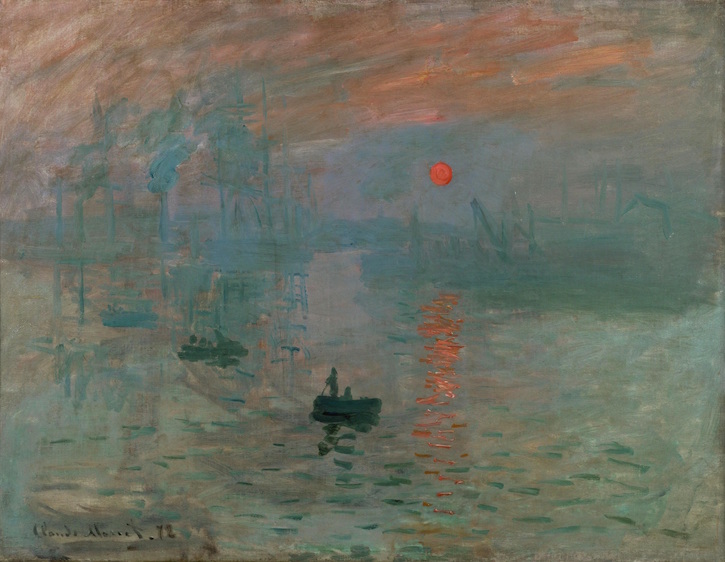
Image credit: Musée Marmottan Monet (source: Wikimedia Commons)
Impression, Sunrise
1872, oil on canvas by Claude Monet (1840–1926)
We often think of visual art in terms of movements and there are cases where parallels have been drawn between musical and visual arts movements. 'As soon as [Claude Debussy] started publishing and performing his earliest works, it took no time at all before critics coined the phrase 'musical Impressionism',' says Peter. '[Impressionism] is about reflections. It's about shimmer. It's about the effects of light, atmosphere and so on... [Critics] heard Debussy's music and it seemed to have something of that same shimmer. Clarity and precision were somehow being sacrificed for a kind of wash of sound.'
Looking back to the nineteenth century and before, one thing that music could do that visual art couldn't do was span a period of time to convey complex narratives and changes. Sir Joshua Reynolds lectured several times about how painters could overcome the static nature of painting to convey action. The answer would come in the nineteenth century after the advent of photography.
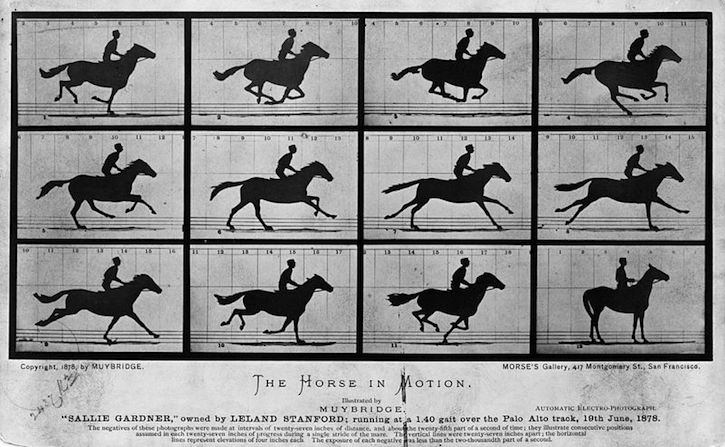
Image credit: Library of Congress Prints and Photographs Division (source: Wikimedia Commons)
The Horse in Motion
photograph, 1878 by Eadweard Muybridge (1830–1904)
In 1872, photographer Eadweard Muybridge (1830–1904) was hired to do a photographic study of horses to settle a debate about whether there is a point at which all four of a horse's feet leave the ground while trotting. In the course of the study, Muybridge laid the early foundations for motion films by taking photos in quick succession and showing them on a device he invented called a zoopraxiscope.
'Filmmakers could make the claim that at last, we have a moving art that really can mimic music because it can mimic music's sense of time and motion', says Peter. 'Some of the abstract experimental filmmakers of the early twentieth century... make films that they call symphonies.'
Today the lines between music, art and film are less distinct, with musicians producing visual albums, and artists creating installations that incorporate sound and film. Perhaps technology has created the opportunity that artists were so hungry for centuries ago, enabling them to finally bridge the gaps between mediums.
Listen to our other Art Matters podcast episodes
